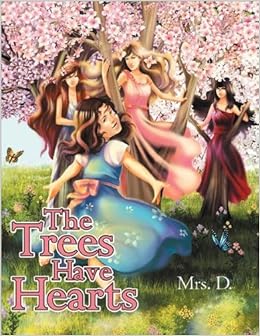In Tommy: The Civil War Childhood of a President, readers will get to know Tommy through his family and friends, through his leisure moments, and even through his stubbornness and his caring for others. Each chapter provides insight into the youngster who became 28th president of the United States. The reader will see Tommy learn from his faith and family, and from the history lived. These lessons learned were later evident as President Thomas Woodrow Wilson guided his country through another war, World War I.
In "Tommy" we get a glimpse of everyday life in a southern town not directly in the line of fire in a bloody civil war. An important strand in the book is found in the many parades, all verified, that took place in Augusta during that time. At the beginning of the war the parades were glorious. By the middle and end of the war the tempo of the parades was changing. The following except describes one memorable parade.
An excerpt from Tommy: The Civil War Childhood of a President.
The future President of the United States stood on the edge of the field fascinated by the parade passing in front of him. He had seen many parades since the war started two years ago, but this one was different. There were no brass bands playing, no freshly uniformed infantry units stepping high and no prancing cavalry horses. No one was marching, and no one was cheering.
This was not a parade of clean, smartly dressed military men. This was a parade of ragged men in tattered uniforms. Their sabers and sashes were replaced by blood and bandages. And dirt.
There was no one to watch this parade by the railroad track in Augusta, Georgia, but seven-year-old Tommy and his young friends. Playing in the fields near the tracks, they had heard the solemn ringing of the troop-train's bell and watched as it shuddered to stop beside the field. Curious, the boys ran to the train and watched as slowly it emptied its cargo of Civil War wounded.
A few of the injured limped unaided, but many more shuffled, supported on one or both sides by others who were themselves wounded. Others hobbled on crutches. One man, with a foot missing kept his head down and his eyes on the bandage at the end of his leg. He seemed to be looking at the foot that wasn't there.
After the walking wounded came men on litters. Their bodies, their heads, their limbs wrapped in bloody, dirty bandages. Some of the blood was old and caked; some new and oozing.
One man alone seemed to see the boys. His large body was covered with a blood-soaked blanket on which several medals and many flies competed for space. His head and face were covered with bloody, dirty bandages.
A foul, wretched smell filled the air through which the litters moved. It was not a smell like the barnyard or the cow pen. It was not even a smell like hogs being slaughtered. This smell was worse, much worse. As it grew stronger, Tommy and his friends covered their mouths and noses as to protect themselves from this smell which instinctively they knew to be the smell of death.Finally, from the car nearest the engine came a different sight. Men under guard. Men whose arms and legs were bound together, making it hard for them to walk. So they too shuffled. And they too were covered with dirt and blood and bandages.
One of Tommy's friends finally broke their silence. "Come on," he said. "Let's get back to our game."
Everyone turned to go but Tommy. Tommy stood still, only his head moving to follow the hundreds of wounded and dying soldiers who were passing by.
Finally, he turned and headed, not toward his friends, but back to his home and the security of his family. He could play no more that day. He wasn't sure he could ever play that game again.
The boys had been playing war.
Tommy: The Civil War Childhood of a President
A Childhood Biography of President Thomas Woodrow Wilson
By Julia Faye Dockery Smith





















